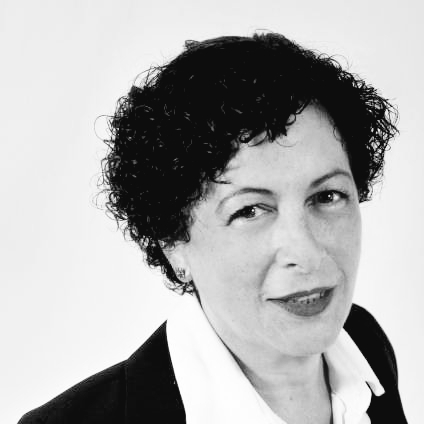
One of the advantages of belonging to the clean tech field is that your facilities can double as a showcase for your products. So when it came to renovating its outdated headquarters in Seoul, the diversified global corporation Hanwha took the ball and ran with it. Among other energy-saving elements, the 1980s-era office tower will sport a new facade that features solar panels.
For those of you familiar with Hanwha's roots in the commercial explosives, chemicals, defense-related manufacturing, retail, leisure and insurance sectors, the solar panel angle might seem to be a bit of a mismatch. However, the company's most recent ventures have included a foray into the solar market in the form of Hanwha Solar,and the newly redesigned headquarters will cement that identity throughout the entire corporation.
The new Hanwha solar image
The new design comes courtesy of the global firm UNStudio. It represents a "responsive," energy-aware approach in which elements of the facade interact with the building's interior and other systems. As described by UNStudio's Ben van Berkel:
"...The facade design for the Hanwha HQ implements fully inclusive systems which significantly impact the interior climate of the building, improve user comfort and ensure high levels of sustainability and affordability. Through fully integrated design strategies today’s facades can provide responsive and performative envelopes that both contextually and conceptually react to their local surroundings, whilst simultaneously determining interior conditions."
The solar panels are actually just one part of the Hanwha facade project. In the new facade, clear insulated glass and aluminum framing will replace the existing horizontal bands of dark glass, and the solar panels will be located on some of the existing bands of opaque paneling.
Specifically, the south side of the building is angled to a south-southeast orientation. Opaque panels on that facade will be retrofitted for solar cells, taking advantage of the most efficient location for energy harvesting.
The solar cell angle has been grabbing some headlines for Hanwha, so mission accomplished in that regard, but there are additional solar-related, energy efficient design elements.
While the south side of the building is more opaque to reduce solar heat gain (and enable placement of the solar panels), the north side has an open design that maximizes the use of daylighting. Also helping to reduce heat gain on the building is the use of shading.
In addition to the facade redesign, UNStudio also redesigned the common spaces, meeting areas, auditorium and executive offices, and the exterior landscaping.
It's a solar world, we just occupy it
Hanwha's solar makeover also illustrates three overlapping sustainability trends.
One is the inherent green-ness of extending the usefulness of existing built spaces. Although there has been some debate over the worth of replacing outdated buildings with new, more energy efficient construction, the consensus has been forming on the side of retrofitting.
The other is the trend toward repurposing buildings as energy-generating dynamos. That includes add-ons like rooftop solar panels, as well as building integrated solar features such as the Hanwha facade. Solar roof tiles, exterior curtain walls and soon-to-be-realized transparent solar windows are among the other possibilities.
It's also worth noting that when you combine the first and second trends, you get new energy sourcing by double-dipping into the built environment, which is a vast improvement over destroying virgin habitat to harvest fossil fuels.
The third trend follows from the second, and that is the growth of the distributed energy sector. From a negligible force just a few years ago, the distributed energy market has grow so vigorously that traditional utility companies have been caught flat-footed.
Image (cropped): Courtesy of UNStudio.

Tina writes frequently for TriplePundit and other websites, with a focus on military, government and corporate sustainability, clean tech research and emerging energy technologies. She is a former Deputy Director of Public Affairs of the New York City Department of Environmental Protection, and author of books and articles on recycling and other conservation themes.














